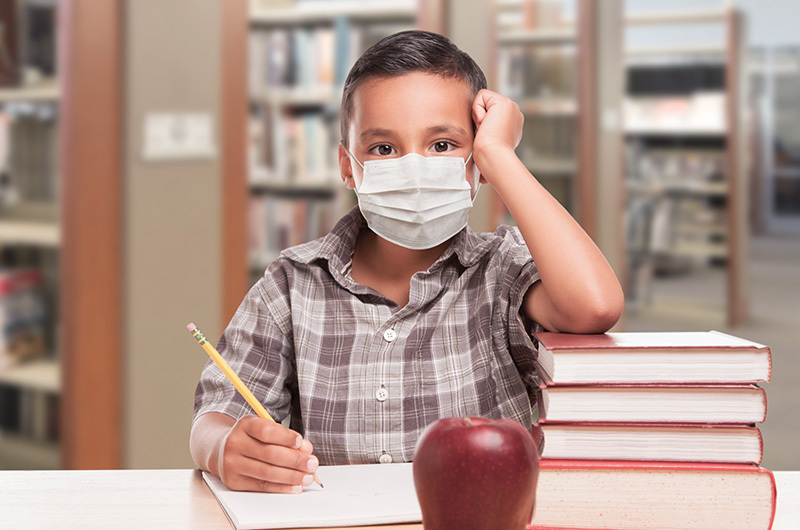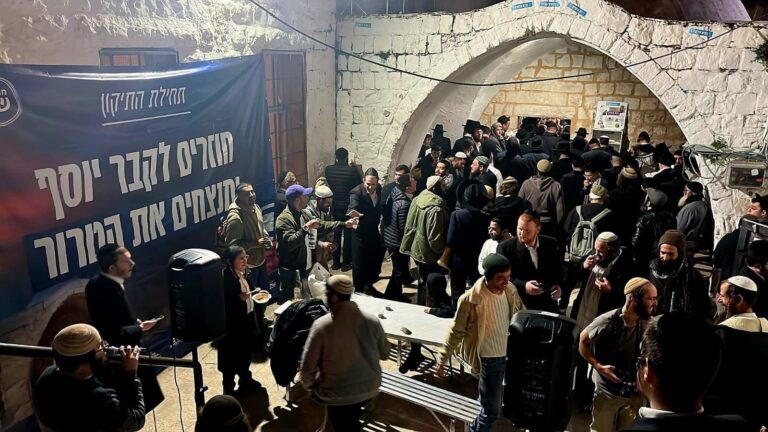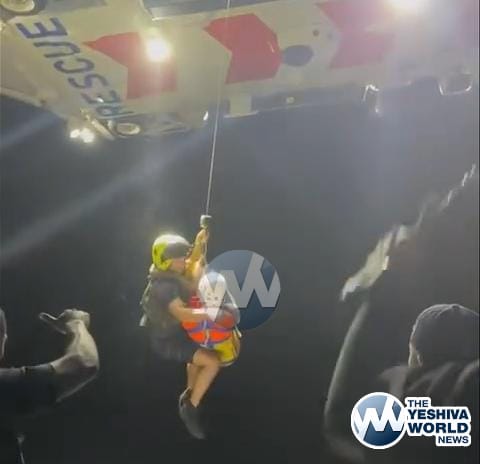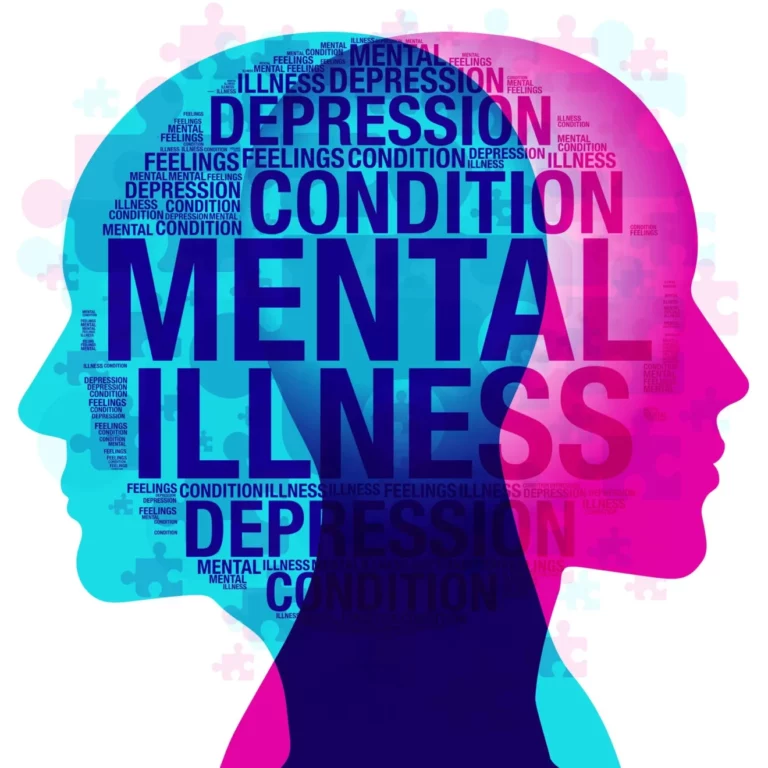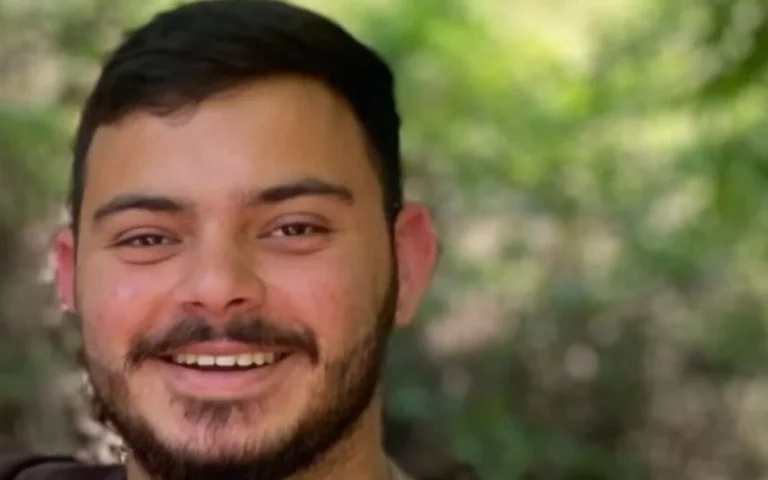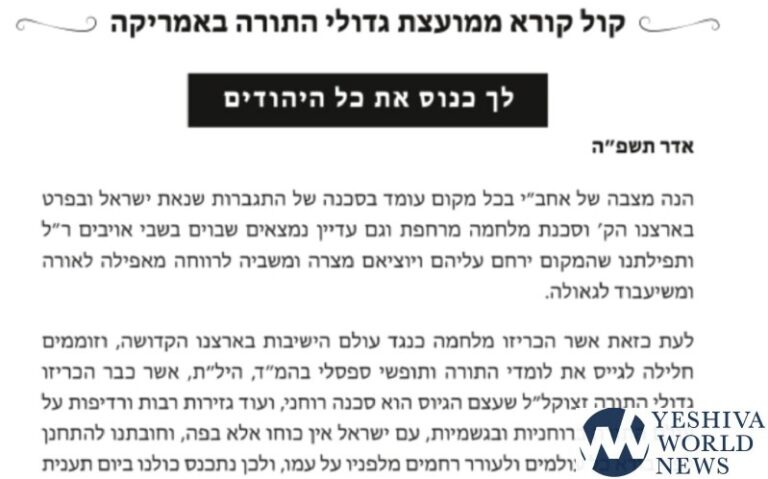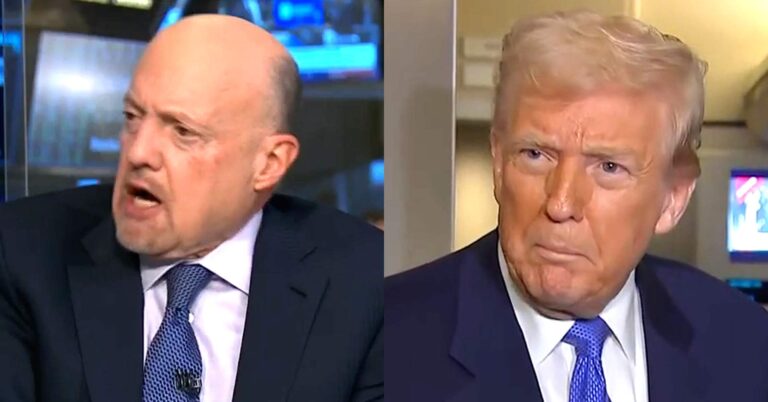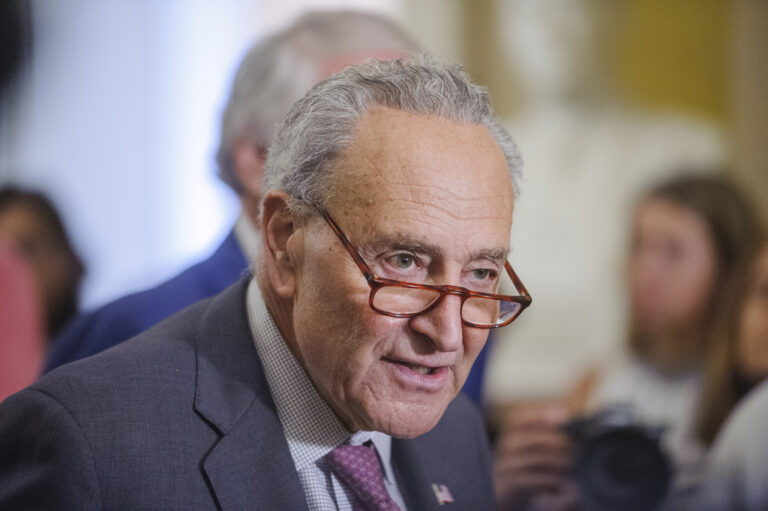By Rabbi Yair Hoffman for 5tjt.com
There exists an unsung group of heroes who are true role models for their dedication to education. They are the menahalim of our yeshivos whose desire to open up effectively and safely can be contrasted quite sharply to that of the public school system. The state of education in the public school system in New York City is an unqualified disaster.
Let’s get some background. The city is offering three different tracks of learning. There is the completely online track, the in-school track, and the hybrid track. The mayor promised that parents will be given the option to join the hybrid track at regular intervals throughout each semester.
Over the summer, the United Federation of Teachers negotiated with the city that teachers cannot be compelled to do online teaching and in-person teaching on the same day. The city agreed to their terms. That deal, in combination with the fact that only 25% of the city’s 1.1 million students show up for in-school learning, has created the following three repercussions.
The city must now hire thousands of additional teachers at a cost of some $50 million. This is a true staffing crisis that has not been resolved.
The mayor cannot keep his promise to allow students to join the hybrid program regularly. Parents of public-school children have been offered a one-time sign-up on November 15. They have only one opportunity.
Each of the three programs offers little in actual learning, according to parents and educators quoted in the New York Times.
Contrast this with the yeshivos and girls’ schools in New York City. There is actual learning transpiring, notwithstanding the openings, closings, and re-openings.
What motivates them? Torah and its education is our life’s blood, as we say in the Ma’ariv service every night: “Ki heim chayeinu v’orech yameinu — they are our life and the span of our days.” This point is amplified by a fascinating passage in the Talmud (Kesuvos 103b) which has, since time immemorial, served as the inspiration for our menahalim, rebbeim, and teachers.
Rabbi Chiya said to Rabbi Chanina: “I have ensured that the Torah will not be forgotten from the Jewish people. For I bring flax and I plant it. I then weave nets from the fibers of the flax. I then go out and trap deer, and I feed the meat to orphans. From the skins of the deer I form scrolls. I then go to a town that has no teachers of children in it. I write the five books of the Torah for five children. I then teach the six orders of the Mishna to six children. To each and every one of these children I say: ‘Teach your material to your friends.’ In this way, all of the children will learn the whole of the Torah and the Mishnah.”
I would like to suggest that this passage can be broken down into eight elements or crucial components that form the basis of the commitment of the Torah nation to proper education. (Based upon a Maharsha in Bava Metzia 85b.)
For I bring flax and I plant it. This signifies that from the very start, we must introduce the concept of “lishma,” of purity of purpose, when we begin the holy task of educating our youth. The flax could have been purchased, but that would not have done it, as what was required was the dedication to begin chinuch flawlessly.
I then weave nets from the fibers of the flax. This is the next step in the preparatory work. Let us not lose focus; there will be hurdles along the way. There will be closures, obstacles, closings. The Torah educator perseveres. And still remains completely lishma.
I then go out and trap deer, and I feed the meat to orphans. Here the Jewish educator combines the teaching of Torah with chesed, with a concern for the well-being of each of the children. Rav Chatzkel Levenstein, zt’l, said that the words “Mechalkel chaim b’chesed” means that Hashem sustains our lives with the mitzvah of chesed—that is the fuel that keeps us alive.
From the skins of the deer I form scrolls. This is the educational component of the combined action of chesed and education. He could have just bought the skins, but that would have left out the chesed component. The forming of the skins is also an exacting labor. It must be done carefully and with precision smoothness; otherwise, the letters could smudge on ill-prepared scrolls. Our texts are clean from elements that can adversely affect the development of the child.
I then go to a town that has no teachers of children in it. In step five we see the component of concern for all. The menahel and mechanech does not abandon the poor, the weak, the socially isolated, ensuring that everyone takes part in his or her birthright.
I write the five books of the Torah for five children. The menahel or rebbe places the child in the classroom in which he or she best belongs, teaching a text that he or she can eventually master. In this specialty, the rebbe is focusing on the written law and the skillset involved in teaching it.
I then teach the six orders of the Mishnah to six children. Herein is the focus on the oral law, the development of the ability to unfold latent processes of reasoning within the orally transmitted texts and to understand and explain them cogently and rationally.
To each and every one of these children I say: ‘Teach your material to your friends.’ In this last step we find three elements. We find the dedication to the notion of teaching Torah — that whoever teaches Torah to another, it is as if he gave birth to him. We see the component of giving the child the tools to develop his own self-esteem, to see himself as part of the process of Torah transmission. We also see that the ideal method of Torah learning is through interaction with others, through teaching and through chavrusa learning.
In this way, concludes Rabbi Chiya, all of the children will learn the whole of the Torah and the Mishnah.
Our deans and roshei yeshiva, our principals and dedicated teachers and educators, have shown all of these elements all along — not only during COVID. Many of us are not aware of the behind-the-scenes efforts that they have invested to ensure success. There ought to be a Jewish Nobel Prize for all that they have done. We need to say a collective “thank you” to Rabbi Bender, Rabbi Neuman, Rabbi Sitnick, Rabbi Weitman, and so many others.
Rabbi Hoffman can be reached at [email protected].

